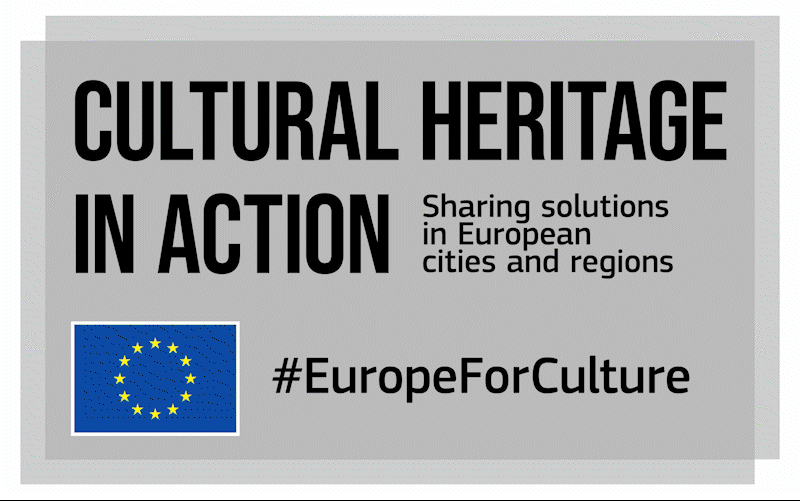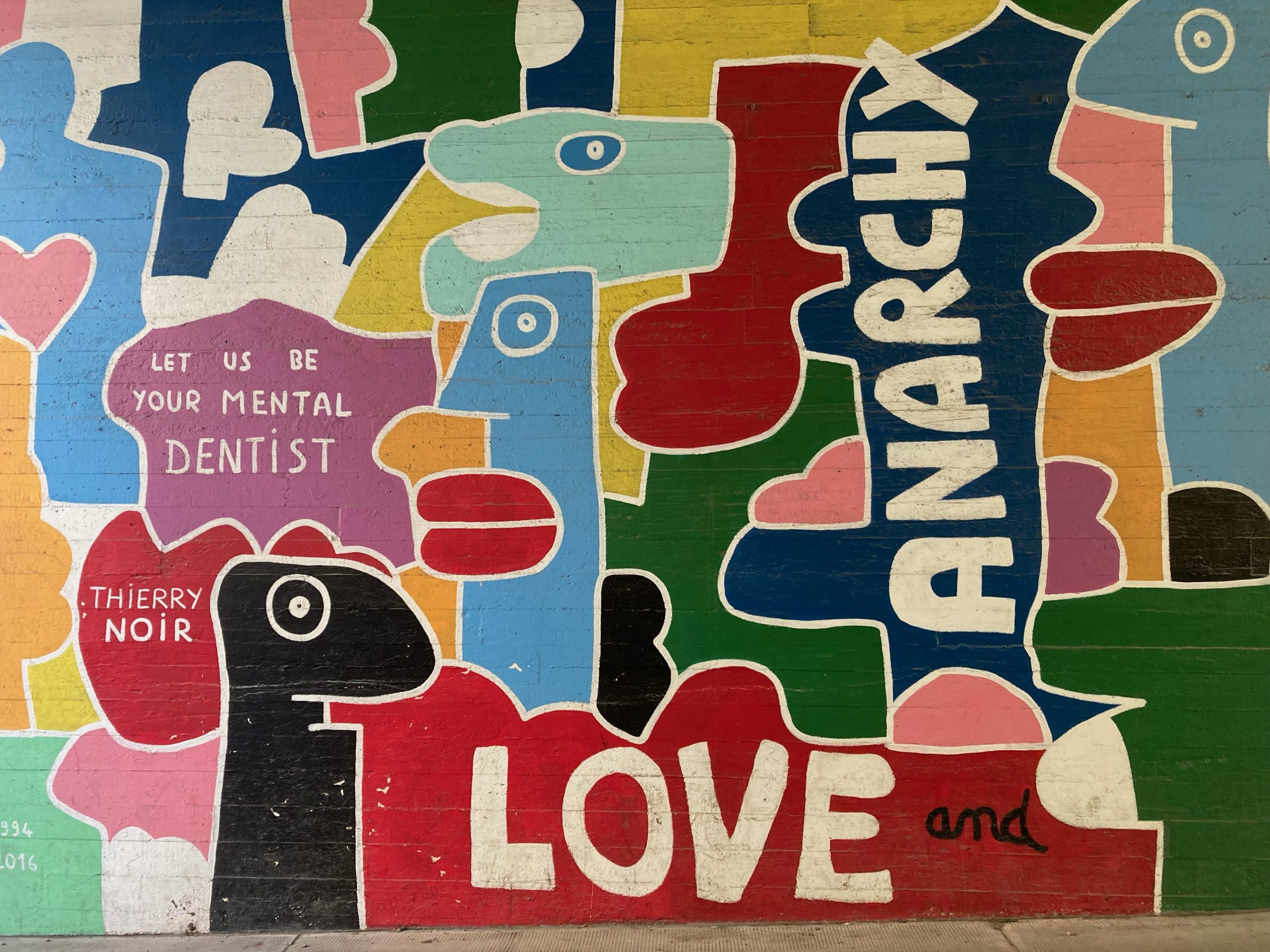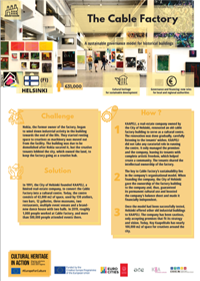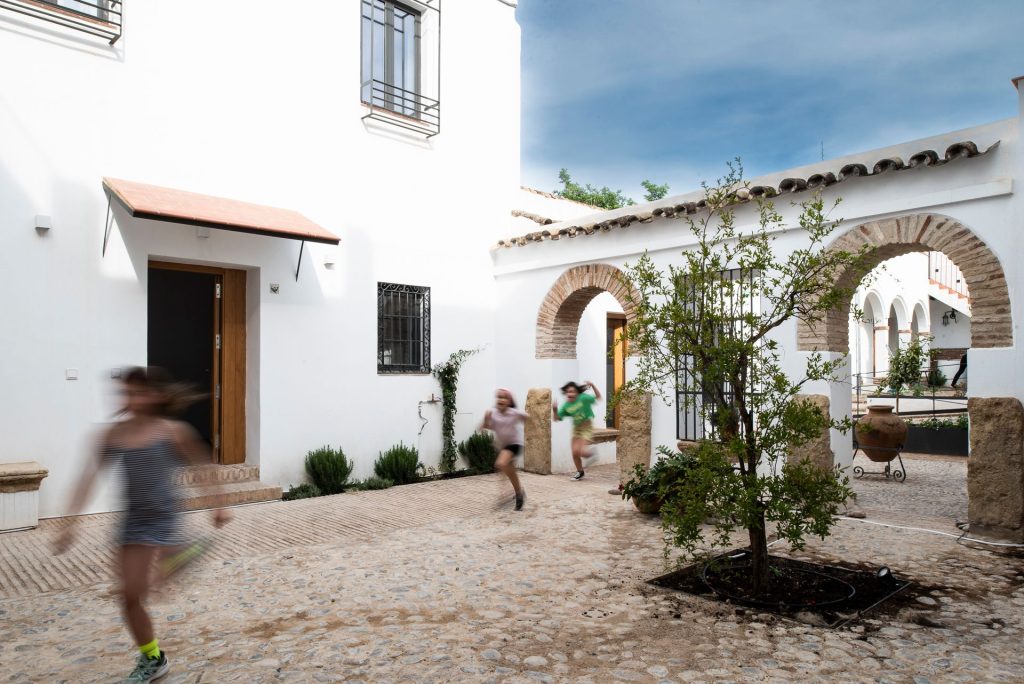KAAPELI, a “temporary industrial space” turned into a platform for culture and the arts.
A visual story from a peer-learning visit to Helsinki.
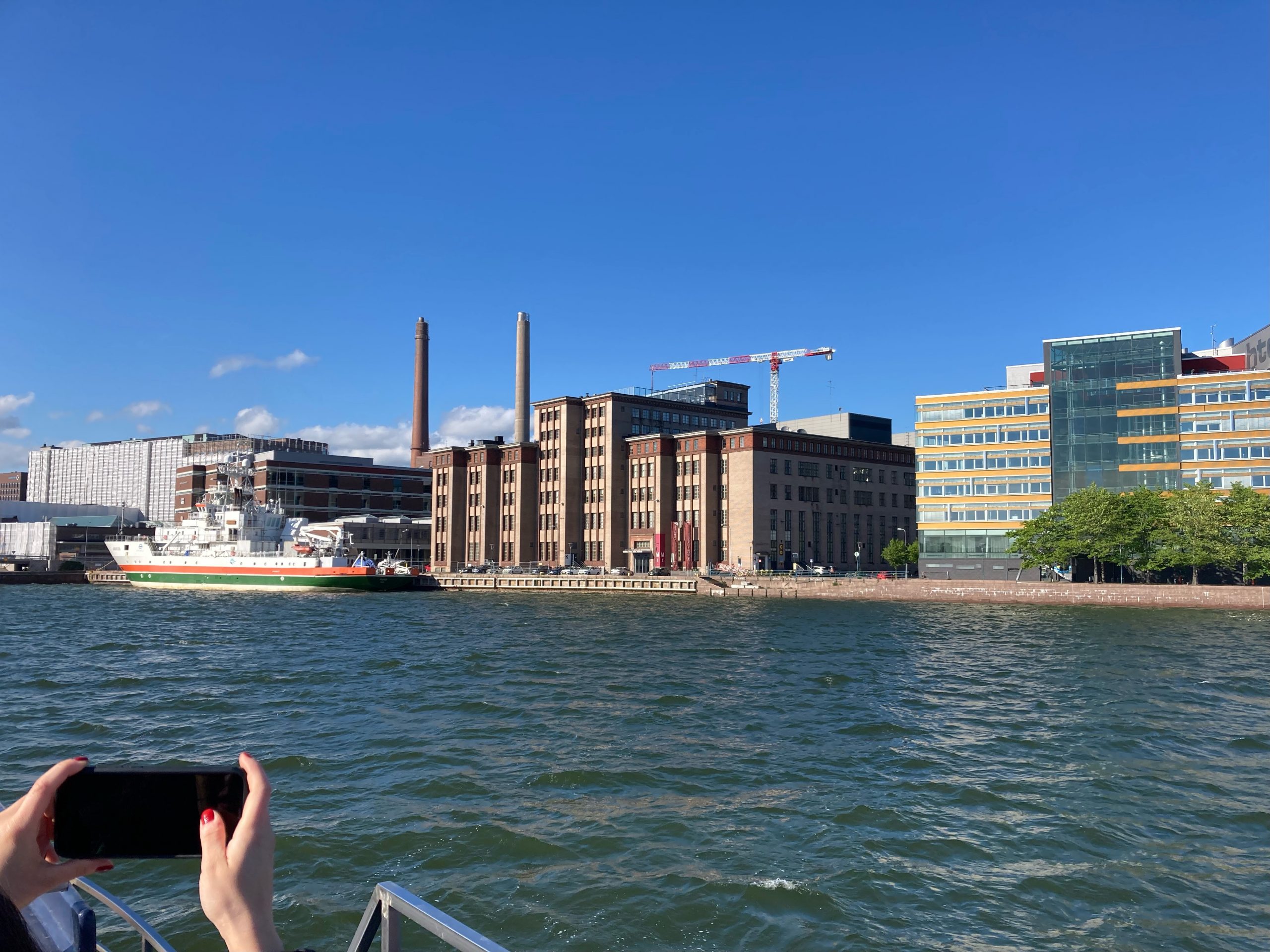
In the 1940s, a cable factory was built on the outskirts of Helsinki on a city-owned land area. In a corporate merger that took place in 1967, the company Nokia became the owner of the factory and started there the development of mobile phones.
Photo Francesco Volta
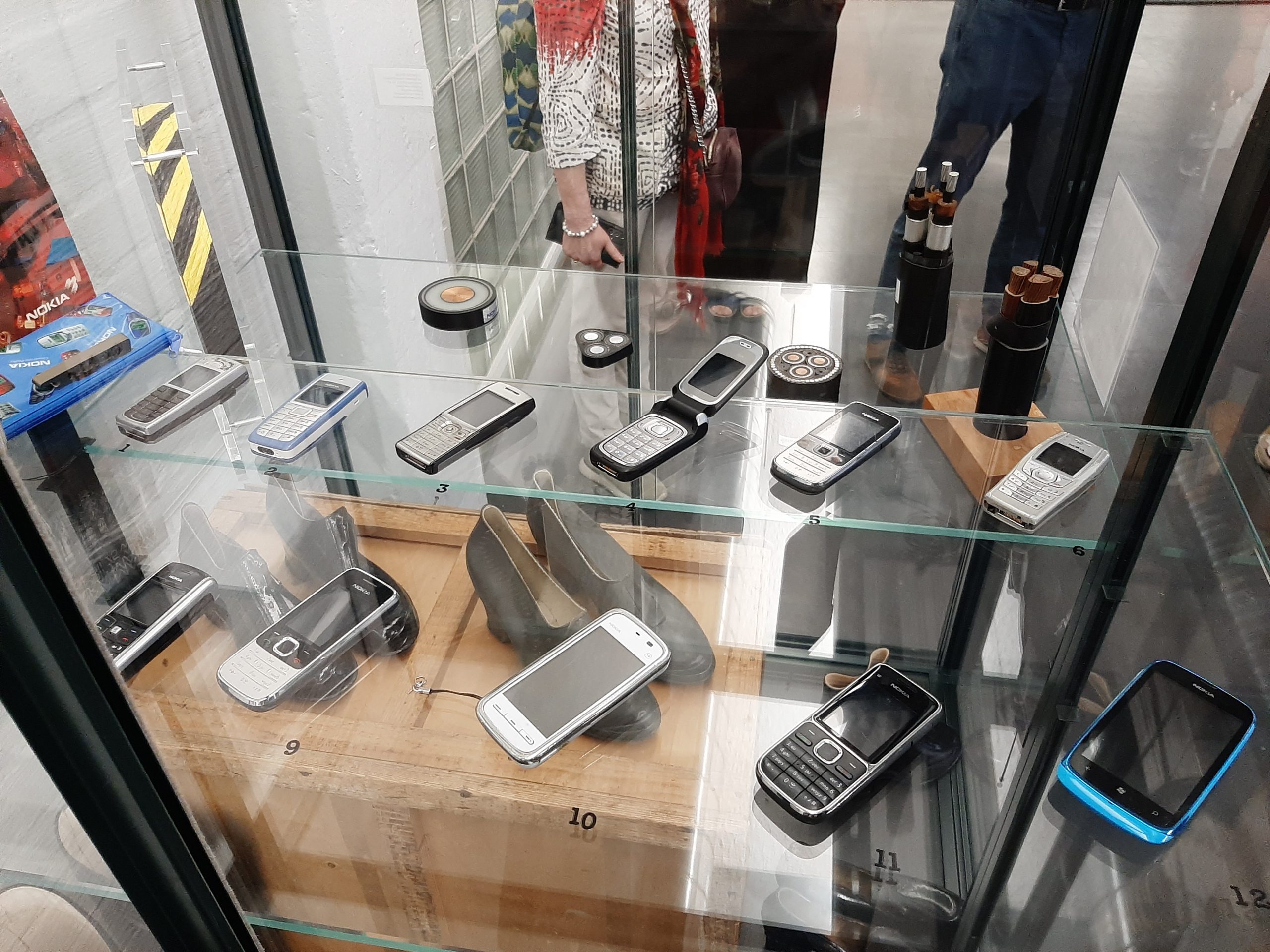
The land was leased until 1990 and Nokia began to wind down its industrial activity there towards the end of 1980s. Nokia started renting space to creatives as machinery was moved out from the facility. The building was due to be demolished after Nokia vacated it, but the creative tenants lobbied the city, which owned the land, to keep the factory going as a creative hub.
Photos Cécile Houpert

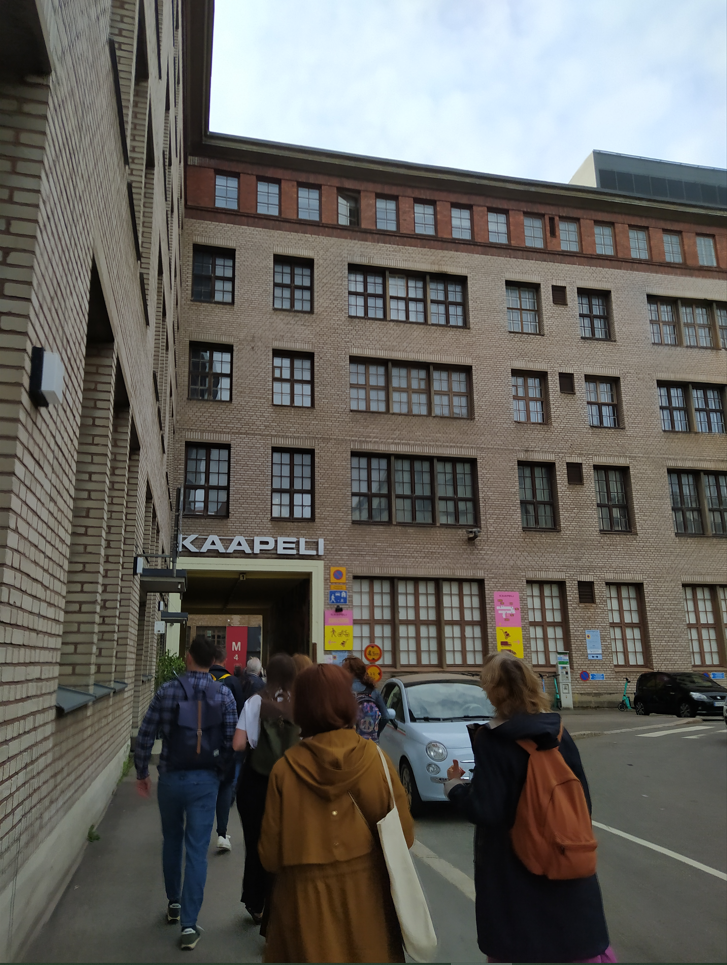
In 1990, Nokia sold the factory building to the city of Helsinki, which founded a real-estate company, KOY Kaapelitalo a.k.a. KAAPELI, to convert the former industrial facility into a cultural centre that bears its original name: Cable Factory. This early risk-taking proved essential for future success.
Photo Giovanna Mangialardi
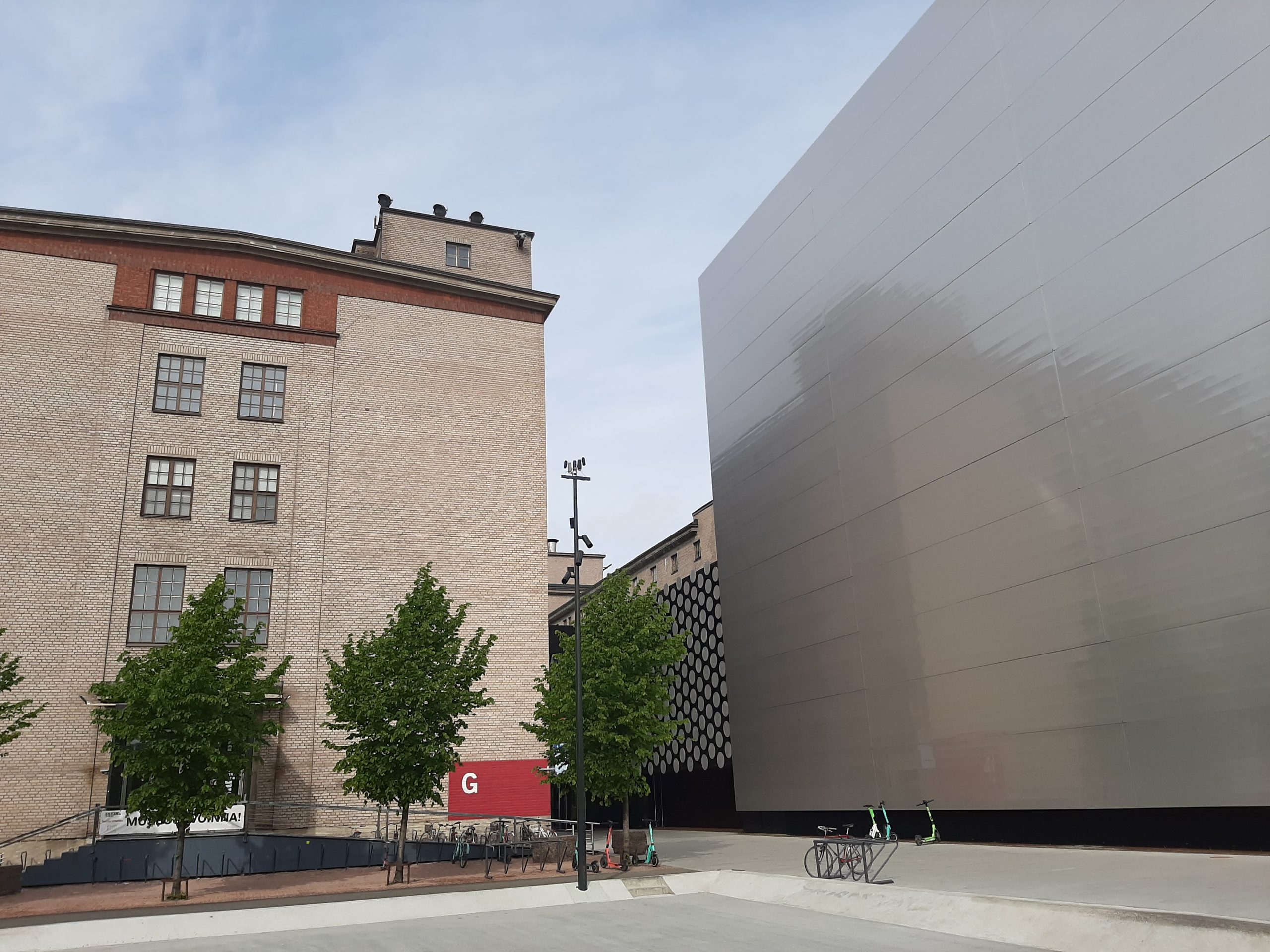
The centre has now been running for 30 years. Today, it encompasses 55,000 m², 63,000 m² with Dance House Helsinki, the first event and performance space dedicated to dance. Built next to the Cable Factory, it opened in February 2022.
Photos Cécile Houpert
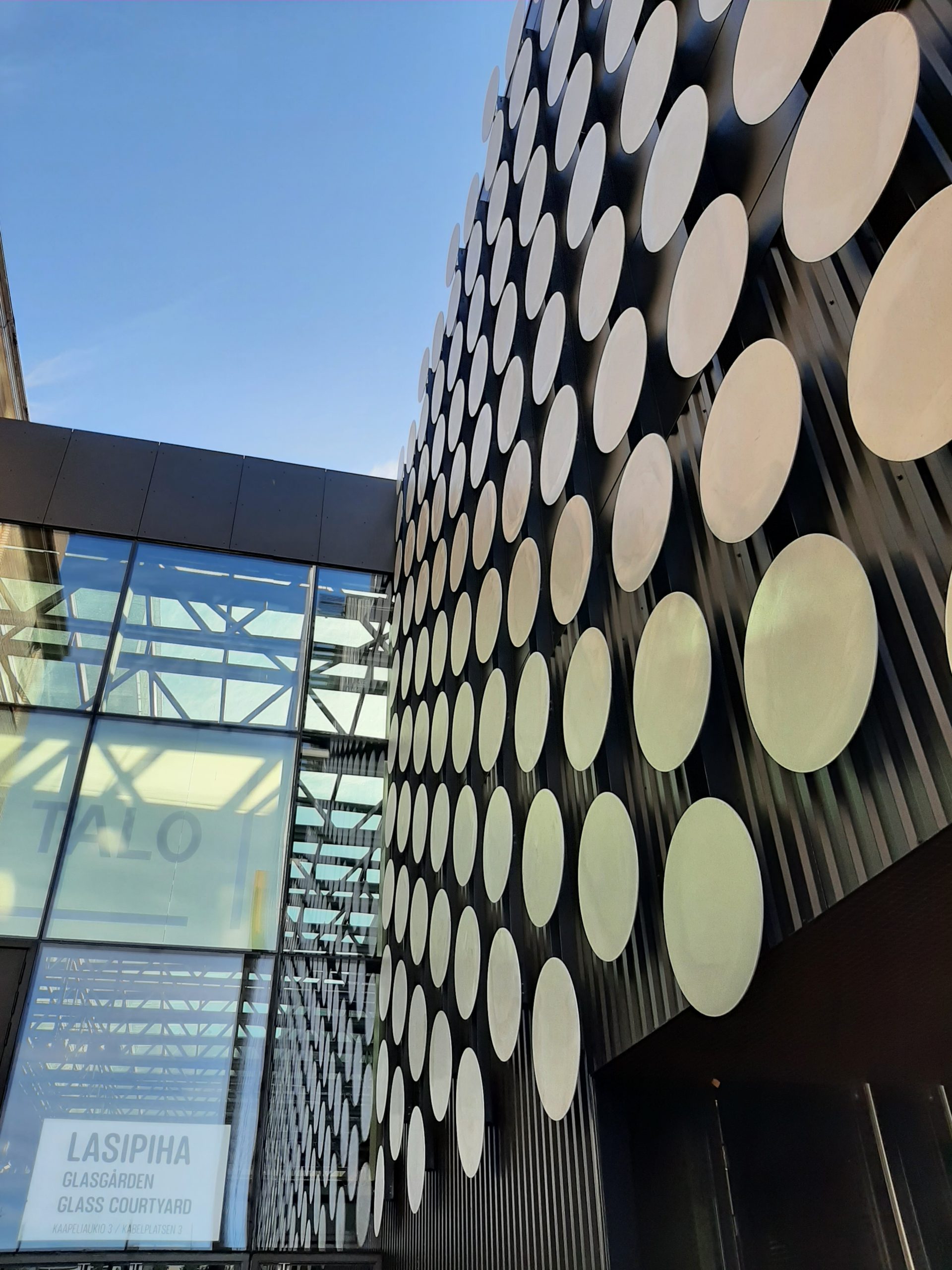
The 63,000 m² of space is used by 130 ateliers, two bars, 12 galleries, three museums, two restaurants, multiple event venues and the brand-new Dance House with two halls. In 2019, roughly 1,000 people worked at Cable Factory, and more than 500,000 people attended events there.
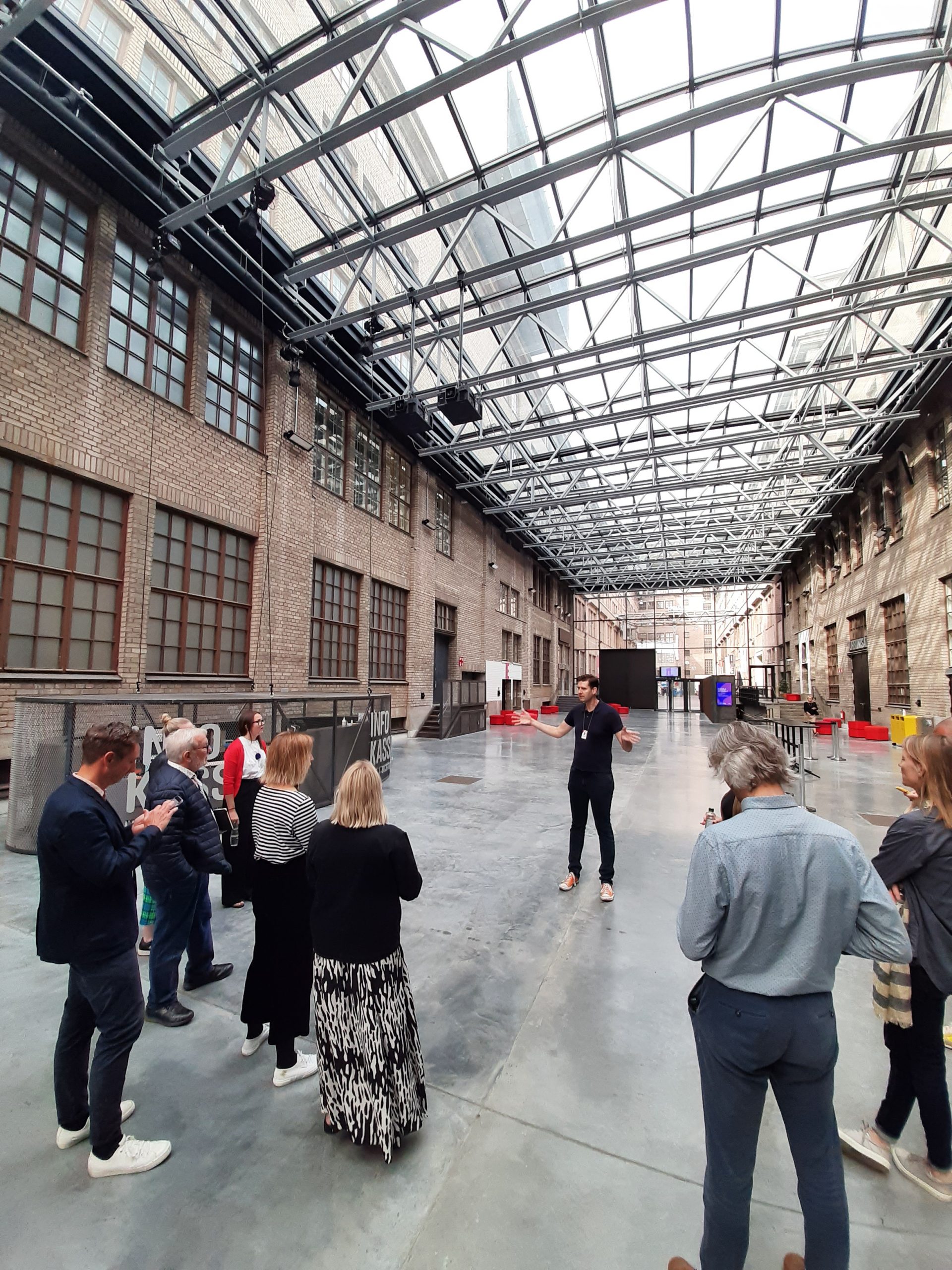
The key to Cable Factory’s sustainability lies in the company’s organisational model. When founding the company, the City of Helsinki gave the ownership of the factory building to the company and, thus, guaranteed its permanent cultural use as well as boosted the company’s balance sheet and made it financially independent.
Photos Cécile Houpert
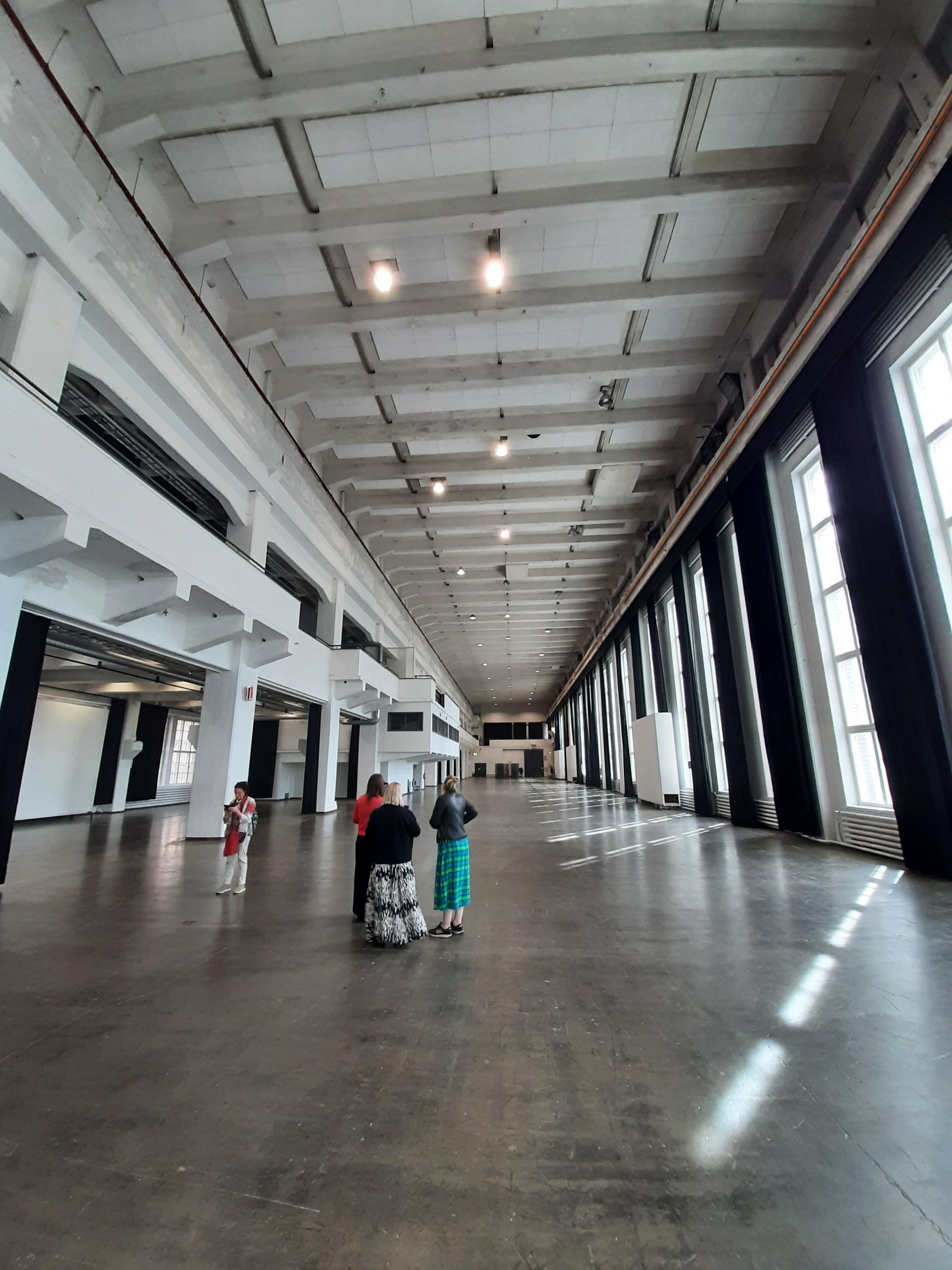
Since the beginning, KAAPELI’s activities have been financially self-sustaining and the company does not receive public funding for its operational expenses. It has covered the renovation costs of its premises with bank loans that have been paid back with its own income. The renovation was done bit by bit. The secret lies in keeping the service offering quite simple and capitalisating on KAAPELI’s most important resource: space.
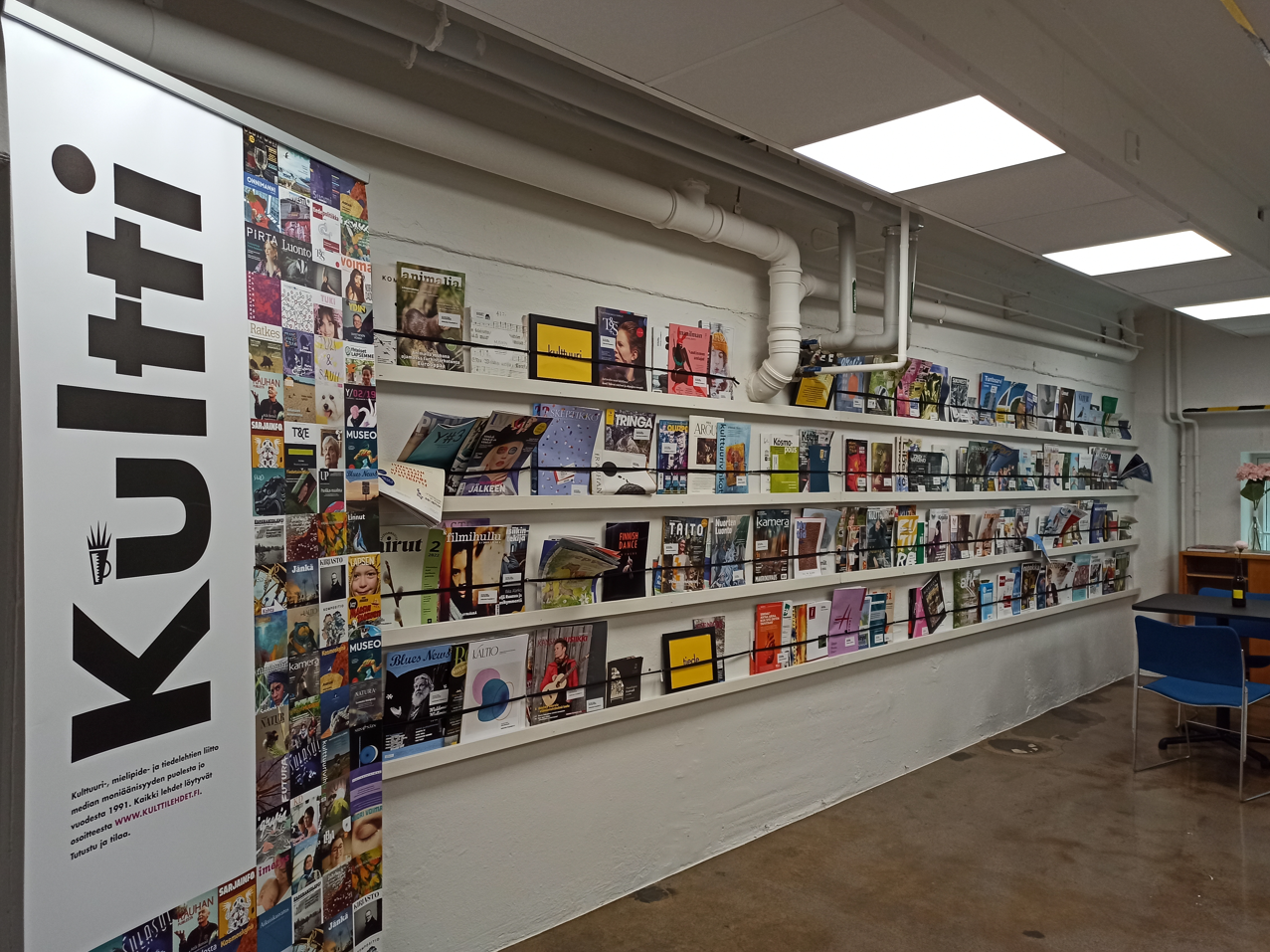
KAAPELI is a for-profit real estate company that employs a managing director and 20 persons. The company’s sole shareholder is the City of Helsinki which does not expect a return on its investment in the form of dividends. The governing board of trustees has representatives from the tenants (3), city officials (2), elected politicians (2) and an independent chair. KAAPELI has the freedom to design its own way to manage the premises it owns. It doesn’t curate the programme of its centres leaving a complete artistic freedom to its tenants.
Photo Letizia Musaio Somma

The company’s revenues come from the rental of its premises. As such, 90% of Kaapeli’s revenues come from tenants, and 10% from events organised in large spaces. Its principal mission is to accommodate the needs of its tenants, which requires flexibility. Tenants are producers of culture, and KAAPELI is its enabler.
KAAPELI group’s estimated turnover in 2022 is approximately €8,500,000.00. In 2017, KAAPELI founded a daughter company, Kaapelin Mediakeskus, that provides services for KAAPELI’s tenants from Internet connections to ticketing and lobby services. Today, the subsidiary employs around 10 people.
Photo Patrik Rastenberger
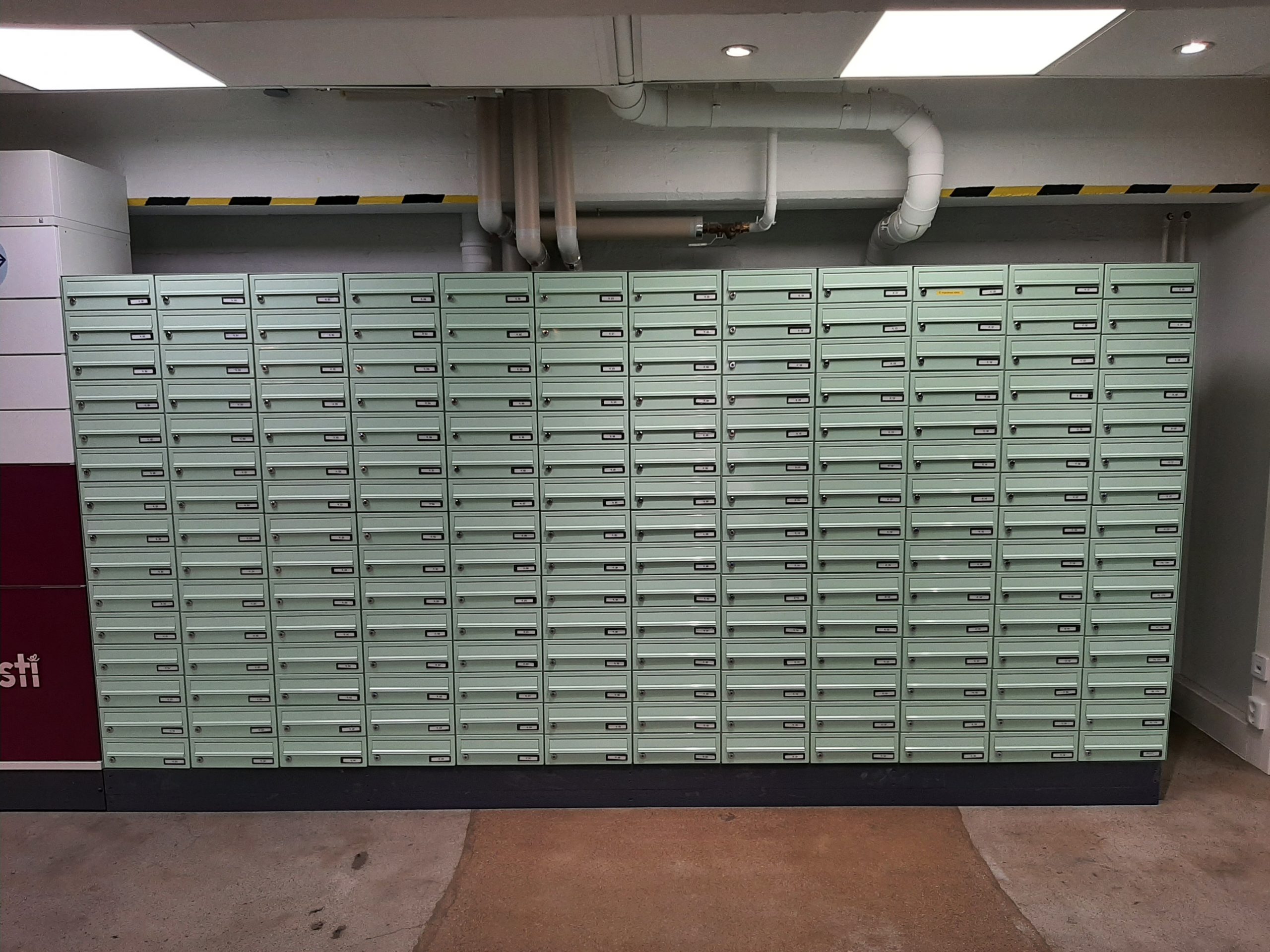
The centre hosts some 350 cultural and creative tenants from individual artists, to creative industrial companies and organisations as well as cultural institutions. The occupancy rate is at 99%. The company offers permanent rent contracts, which provide fundamental security for tenants, especially artists.
Photo Cécile Houpert

The flexible pricing model allows how sorts of profiles to rent out spaces: artists, media companies, dance studios, sports clubs. Companies pay the market rate, and prices are adapted for artists (40% of the market rate).
Photos Giovanna Mangialardi
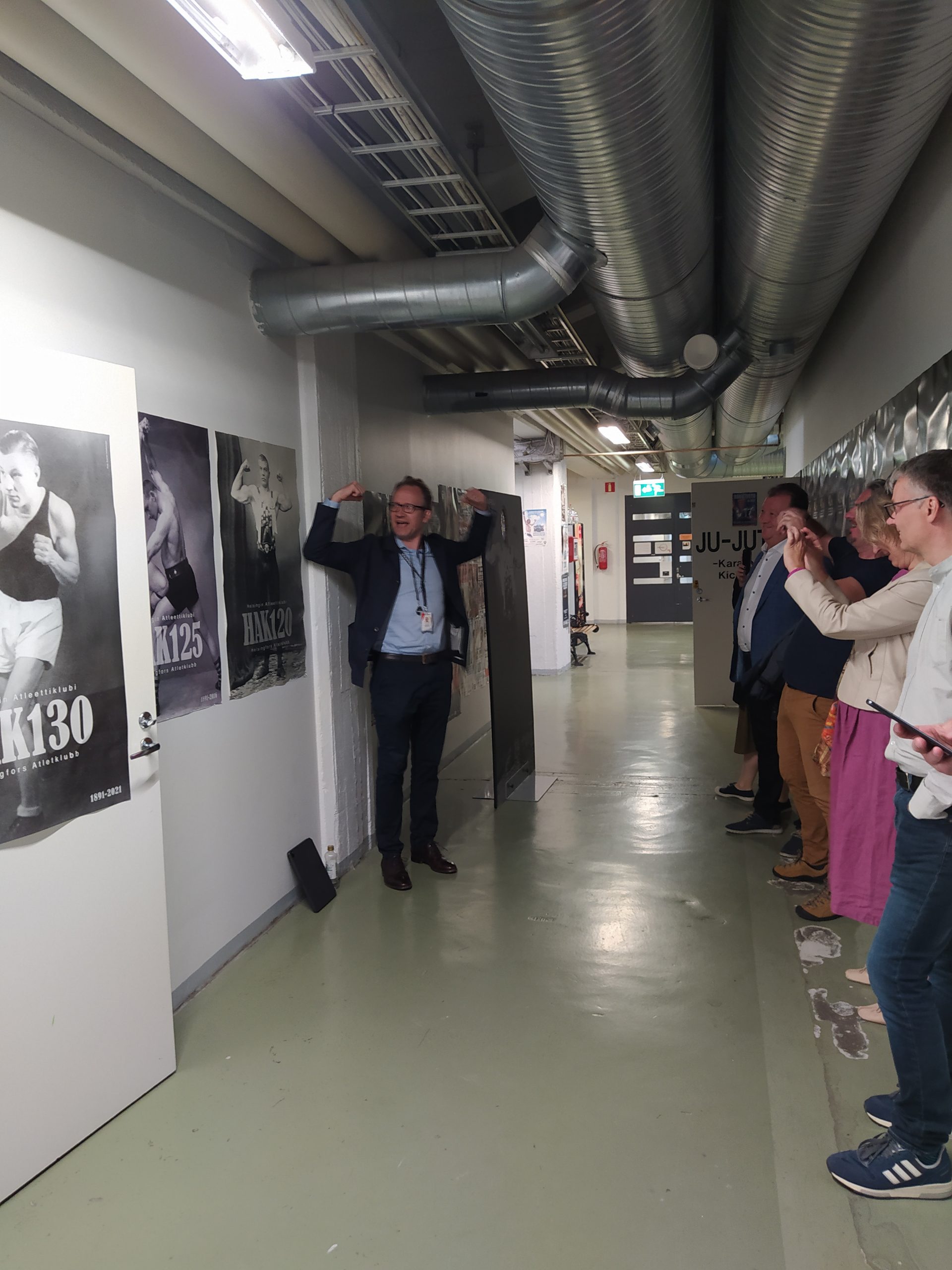
During COVID times, KAAPELI provided spaces rent-free for three months. When space is liberated, which rarely happens, a peer review is organized to find a replacement.

Visitors did not necessarily feel welcome in the centre, so KAAPELI has been making some improvements in the past years: a central space with space to sit and linger, Kontorri café and restaurant, and a redesigned brand image.
Photo Giovanna Mangialardi
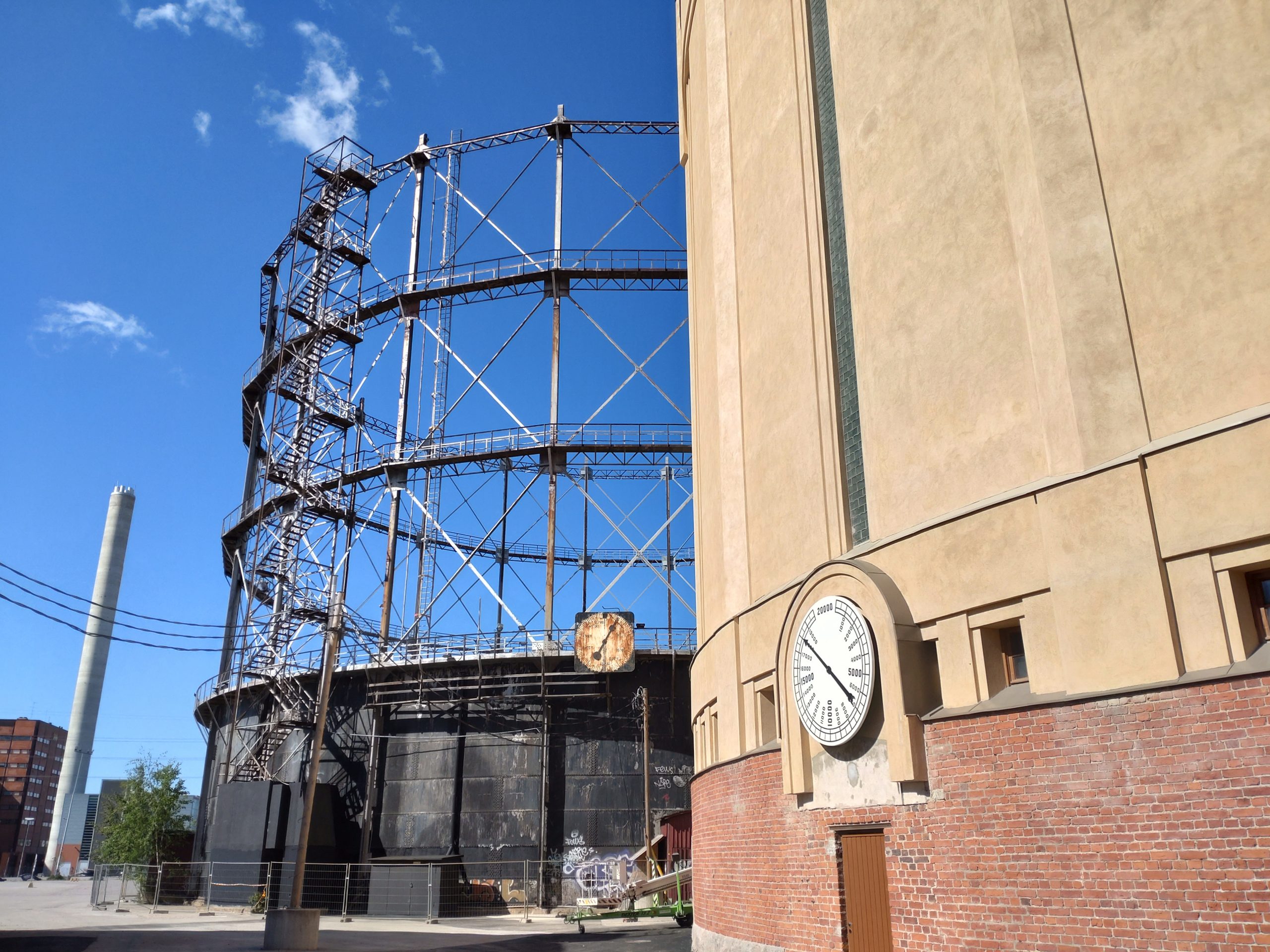
KAAPELI has transferred Cable Factory’s management model twice in Helsinki. In 2008, it took over from the city an old gas plant, Suvilahti, and, in 2019, KAAPELI acquired from the private market a former pharmaceutical factory, N10, that had been converted into cultural use following Cable Factory’s model. The essential aspects of transferring Cable Factory’s model are 1.) gaining ownership of the building and 2.) the ability to cover the renovation and running costs with the rental income.
Photo Raisa Karttunen

KAAPELI is on a mission: to make room for arts and culture in Helsinki. Its vision is to be a constantly renewer and enabler of arts and culture. This has worked for 30 years because of core values: trust, simplicity, flexibility, putting people first, and doing it for the love of the game.
Photo Letizia Musaio Somma
